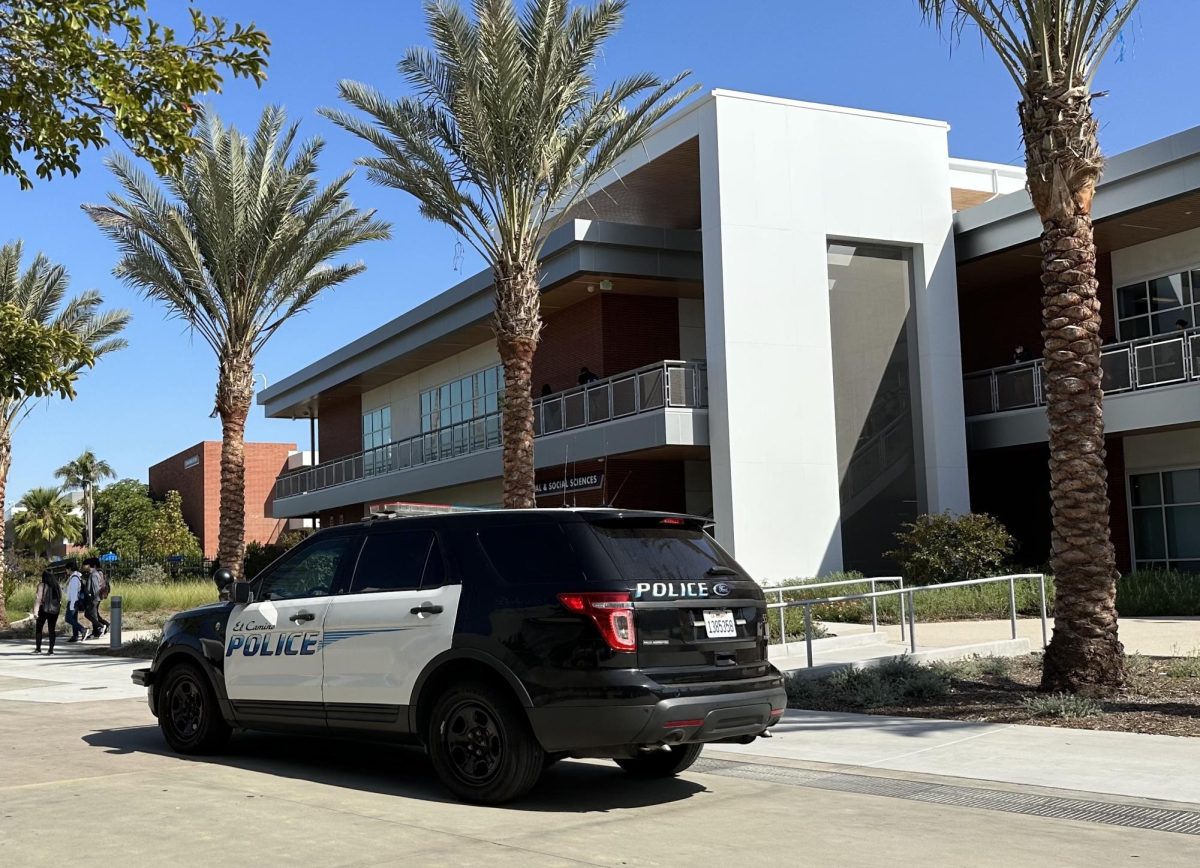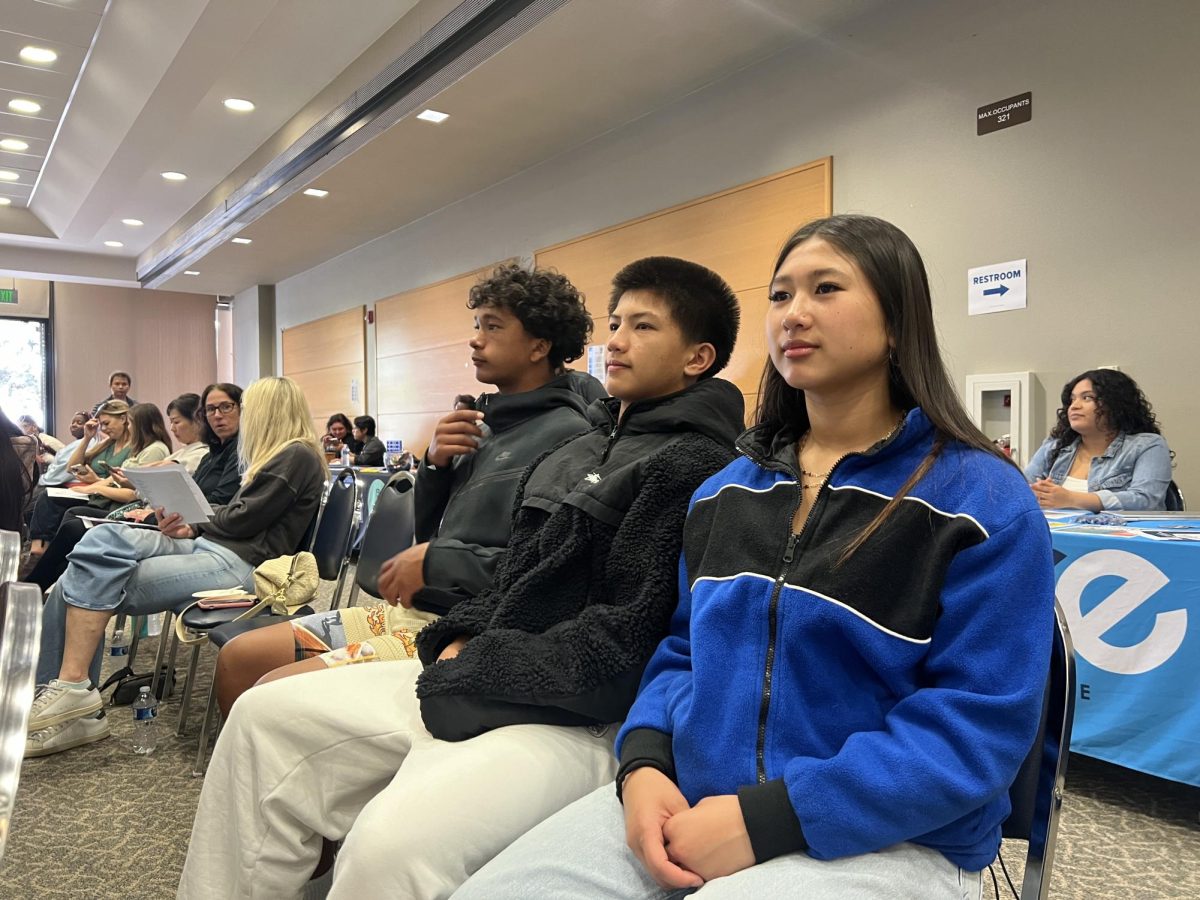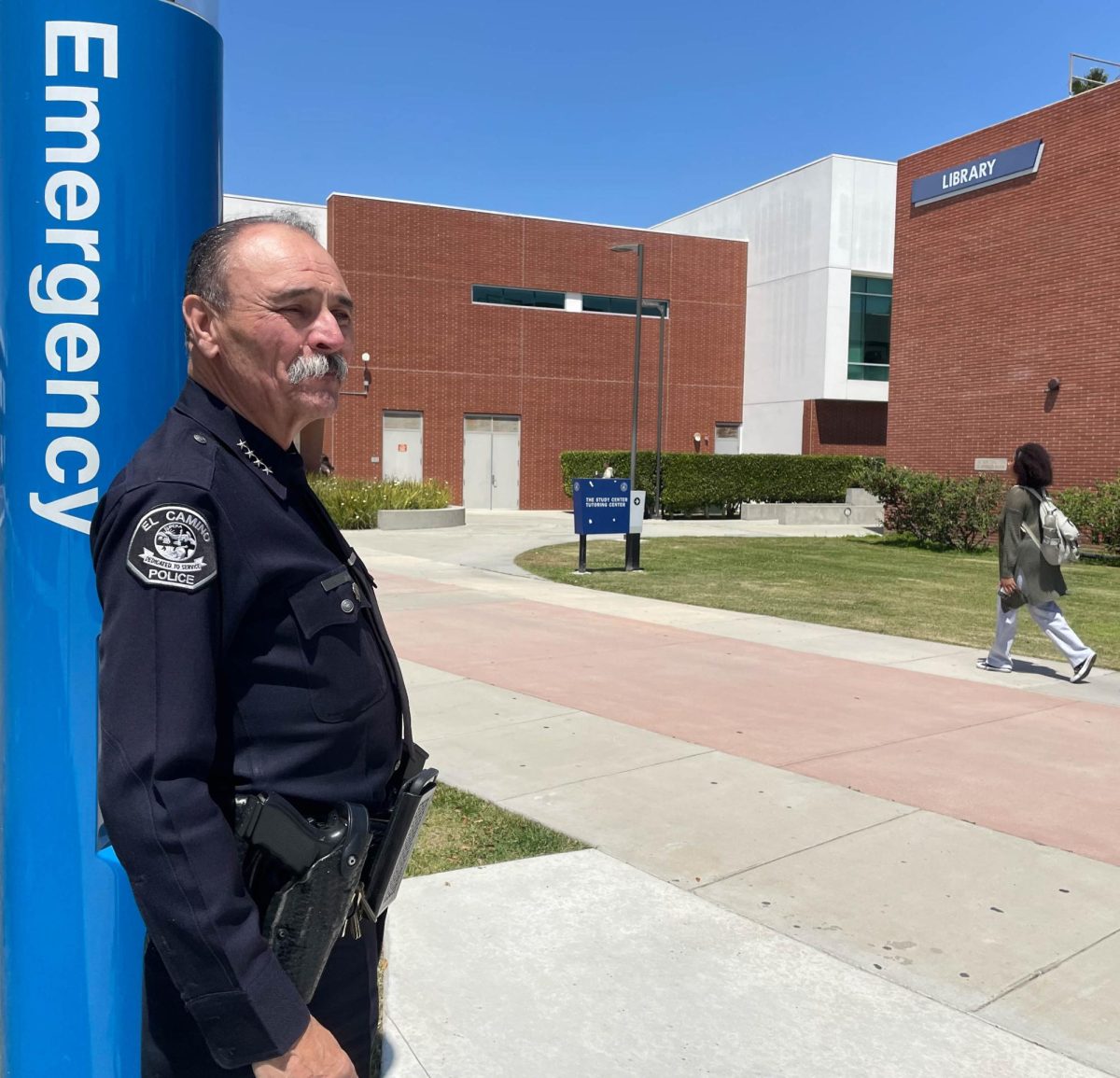Fifty years later, many Americans still remember the bombshell that would eventually change the face of public education.
This month marks the 50th anniversary of the 1954 landmark decision of Brown v. Board of Education, whereby the U.S. Supreme Court ruled to eliminate segregation in the public school system.
Looking back in time, Harold Borden, professor of speech communication, said there were not many blacks or other minority students at EC when he began teaching.
“I remember having one Chicano student on my speech debate team, but all of this was at a time when the college was serving the surrounding community, which was predominantly Caucasian,” Borden said.
However, Borden said that he believes civil rights in this country improved the availability of jobs, housing and schools for minorities.
“We are seeing the impact of Brown versus the Board of Education because the campus is much more integrated than it used to be,” he said.
Likewise, Mattie Eskridge, assistant to the vice president of student community advancement, said that in the 24 years she has been at EC, there has been a tremendous change in the ethnicity.
“When I came to the college in 1980, there were more Caucasian students, but over the years the diversity on the campus has changed tremendously,” Eskridge said.
Contrary to the racial make-up at EC, Borden said he does not think that the ruling or the later civil rights legislation did any more to open the door to education than EC’s open door policy.
“We still have an open door policy that says you don’t have to be a (high school) graduate, you don’t have to pass stringent entrance exams and there is no committee who sits and decides who is or isn’t admitted,” Borden said. “That’s one of the reasons I was attracted to come to this college in the first place,” he said.
Furthermore, Eskridge said the ruling actually stood to make education accessible and appropriate to meet the needs of all students regardless of race or background.
“I think at EC we are trying to do just that and our campus is so culturally diverse that for anyone willing to get out there and learn, the opportunities are there,” she said.
With so many opportunities to live, work and attend schools of their choice, member of the Associated Students Organization (ASO) Kevin Sullivan, math major, said he is not sure that students today can appreciate the prices that were paid to pave the way for cultural integration and equal rights.
“It was obviously a significant ruling because being separate is certainly not equal,” Sullivan said.
Even though the division was between black and white races at the time, Sullivan said if it had not stopped when it did, it probably would have gone much further than anyone could have imagined.
“If it still existed today, we would have segregation between black, white, Hispanic and Asian, just to name a few,” Sullivan said.
To ensure that students at EC continue to receive equal access and an equal education, Eskridge said the administration and staff vehemently promote the statement of values to everyone.
“Our nondiscrimination policy is always published in catalogs, the schedule of classes and it is posted everywhere because we want to make sure to show no biases on our campus,” Eskridge said.
Although we don’t live in a perfect society, getting better is what it is all about, Eskridge said.
“Because of the Brown ruling, it is a different world we live in; you are interviewing me and you’re black,” Borden said. “That was not happening in 1961.”







